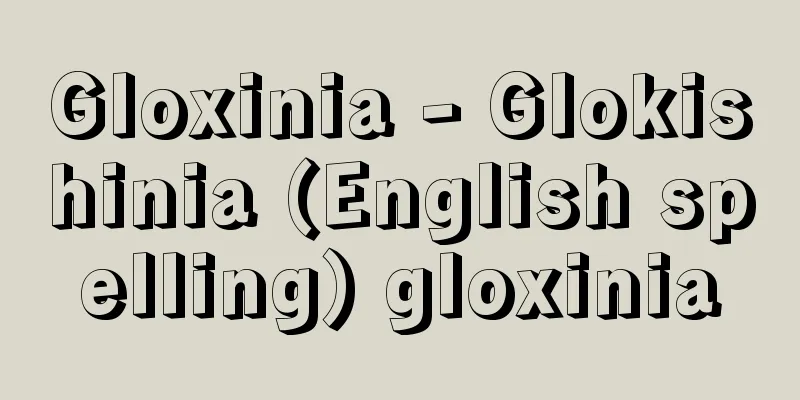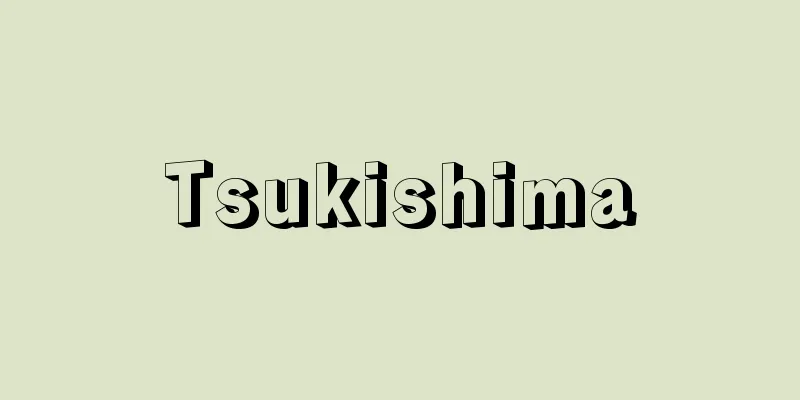Entelehy - Entelehy

|
…However, there were many vitalists, such as C. Bernard, who valued experiments, who rejected mechanism, Pasteur, who always recognized the unique functions of living cells, and Bergson, who advocated élan vital for evolution. At the end of the 19th century, Driesch, who was conducting experiments on the development of sea urchin eggs, discovered that the separated blastomeres developed into complete larvae (1891). He recognized a life force that could not be explained by mechanism, named it entelechie, and advocated neo-vitalism. This position that accepts physical and chemical explanations and still asserts the unique principles of living organisms is called neo-vitalism, and biologists such as Johannes Reinke (1849-1931) who held this position formed the Kepler League to oppose EH Haeckel's Monist League. … From [Life]...Although it is a machine theory of life in a broad sense, some proponents consider it to belong to a holistic view of life in that it sees higher phenomena (whole) as indissolvable into lower phenomena (parts). H. Driesch's new vitalism, which was proposed in the early 20th century, focuses on the phenomenon that occurs when animals are in a harmonious whole, and claims that there is a super-material principle that makes this happen, borrowing a word from Aristotle (entelecheia) to name this principle entelechy. This can also be seen as a type of holistic view of life. ... From [Dreesh]…For this reason, he questioned the theory of development based on physics and chemistry, and in 1919 he made it clear that he was taking a vitalist stance, and developed his ideas in the 1909 book Philosophy of Organisms. He generalized the phenomenon of development, and named a system in which each component differentiates according to its relative position regardless of the size of the whole a harmonious equipotent system. He called the agent that causes this a phenomenon unique to life, Entelechie, after Aristotle's entelecheia. This can be interpreted as an agent that provides order or informationality, and he himself considered his two major works to be Ordnungslehre (1912) and Wirklichkeiteslehre (1917), which discusses the reality of order. … *Some of the terminology explanations that mention "entelechy" are listed below. Source | Heibonsha World Encyclopedia 2nd Edition | Information |
|
…しかし,実験を重んじたC.ベルナールは機械論を排し,パスツールもつねに生きた細胞に独自の機能を認め,進化についてベルグソンが〈エラン・ビタルélan vital〉を主張するなど,生気論者も少なくなかった。 19世紀末,ウニの卵の発生実験をしていたドリーシュは,分離した割球が完全な幼生に発育することを発見(1891),機械論で説明しえない生命力を認めて〈エンテレヒーEntelechie〉と名付け〈新生気論neo‐vitalism〉を唱えた。このように物理的化学的説明を認めたうえでなお生物独自の原理を主張する立場を〈新生気論〉といい,この立場をとるラインケJohannes Reinke(1849‐1931)らの生物学者は〈ケプラー連盟〉を結成してE.H.ヘッケルの〈一元論者連盟〉に対抗した。… 【生命】より…それは広い意味での生命機械論ではあるが,上位の現象(全体)を下位の現象(部分)に解消されないものとみる点で,全体論的生命観に所属させる論者もある。20世紀初年より提唱されたH.ドリーシュの新生気論は,動物が調和した全体として発生する現象に注目し,それを成り立たせる超物質的原理が存在するとし,アリストテレスの語(エンテレケイア)を借りてその原理をエンテレヒー(エンテレキー)と名づけた。これも全体論的生命観の一種とみることができる。… 【ドリーシュ】より…このため物理・化学に立脚した発生理論に疑問をもち,99年に生気論に立つことを明らかにし,1909年の《有機体の哲学》でその思想を展開した。発生現象を一般化し,全体の大きさに無関係に各構成部分が相対的な位置にみあった分化を行う系を調和等能系と名づけ,これこそ生命独自の現象だとしてこれを起こす作用因をアリストテレスのエンテレケイアにちなんでエンテレヒーEntelechieと呼んだ。これは秩序または情報性を供給する作用因と解釈することができ,彼自身も《秩序学Ordnungslehre》(1912)と秩序の実在性を論じた《実在学Wirklichkeiteslehre》(1917)を二大著作だとしている。… ※「エンテレヒー」について言及している用語解説の一部を掲載しています。 出典|株式会社平凡社世界大百科事典 第2版について | 情報 |
>>: Entelecheia (English spelling)
Recommend
Kisakata
The former name of a town (Kisagata-machi) in Yur...
Lithodes longispina (English spelling)
… [Takeda Masatomo]. … *Some of the terminology t...
Tropical fish - Nettaigyo
It refers to tropical and subtropical fishes kept...
Kizaki Village Tenant Dispute
A tenant dispute began in late 1922 when farmers i...
Mizogoi (Mizogoi) - Japanese night heron
A bird of the Heronidae family in the order Ciconi...
Under the Devil's Star
... After graduating from Ebara Middle School and...
Nishikawa Kojiro
1876-1940 A socialist in the Meiji period. Born o...
Ibn Ṭaymīya
1263‐1328 A jurist and theologian of the Hanbalite...
American International Pictures
…Most of the B-grade westerns were series, and we...
Fusel oil - Fusel oil
A yellow or brown liquid (specific gravity 0.81-0...
Faxian - Hokken
Although his exact birth and death years are unkn...
Tlemcen (English spelling)
A city in northwestern Algeria. The capital of Tle...
Yoshimasa Nagoshi
A kettle maker from the Momoyama period. The son ...
Moshoeshoe
...The ancestors of the Sotho people are said to ...
Nuclear disaster compensation
This is the compensation paid when nuclear damage...








![Iwaki [town] - Iwaki](/upload/images/67caf4594cd99.webp)
![Makado [Hot Springs] - Makado](/upload/images/67cce2e2e3d89.webp)